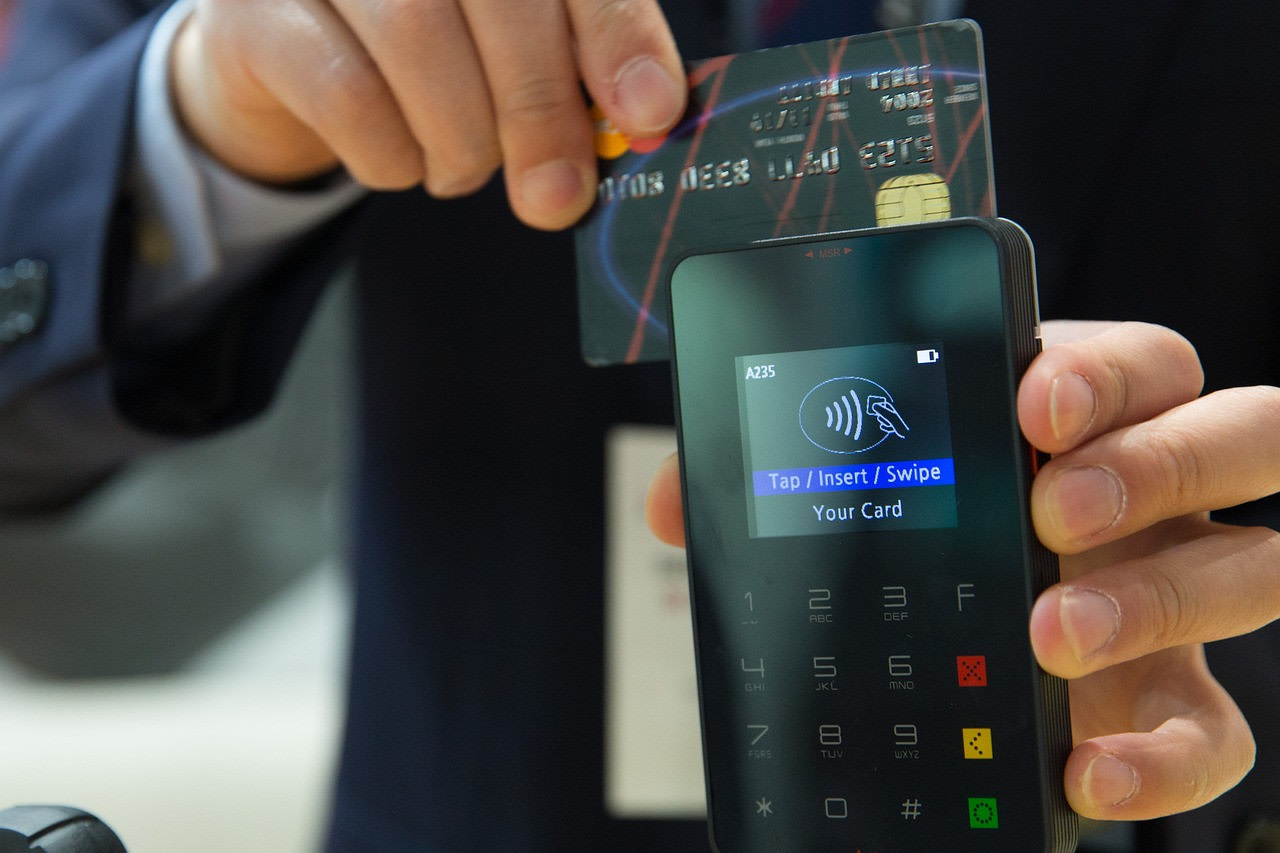Tips for Creating and Selling Profitable E-Commerce Digital Products

Steps to Create and Sell Digital Products on E-Commerce Platforms
We’ve talked about the process behind selling many types of products on e-commerce platforms like Shopify, from lighting the product photography of your fashion line to considering dropshipping for getting products in consumers’ hands. But what do you do when your products aren’t tangible? How do you sell digital services in a way that’s profitable? Today we’ll be exploring the steps necessary for creating and selling e-commerce digital products via online platforms.
Types of Digital Products Sold on E-Commerce Platforms
There are quite a few options for digital products, and we’ve listed the most popular below. If you’re looking to enter the realm of digital services and sales, the first step is deciding what exactly you have to offer. Nearly everyone has the knowledge or talent to sell something in a digital format, and it’s one of the easiest ways to enter e-commerce, taking away the necessity to genuinely manufacture an item.
Digital Assets
Digital assets are multimedia content sold online to be used by other businesses or entrepreneurs, often for aesthetic or artistic purposes. Digital assets include video footage, music, sound effects, photos, stock images, software, and other similarly formatted files. They’re the tools necessary for other creatives to modify and amplify their own work. What better way to sell digital products than to help others do the same? If your specialty includes creative talents, lend a hand to other creative endeavors while making a profit. It’s a win-win product to sell, and may even result in new career connections.
Digital Tools
Digital tools is a broad category and contains things that help other professionals succeed when something falls outside of their skillset. Digital tools may include things like resume templates or business software, which are online assets with more “physical” implications. A resume template is ultimately printed to allow someone a job opportunity, and business software may allow a brick-and-mortar store to accomplish their backend management more efficiently. Other digital tools may be those for artists, including product mockup files, icons, fonts, UX kits, and After Effect plug-ins.
Digital Products
The more generalised concept of digital products is no foreign concept, and relatively recent growth of platforms like Patreon have made them even more popular. Digital products can be more simply thought of as a growing library of premium content, often leading to bundled digital products through a paid subscription. This product category carries everything that doesn’t fall into the other ones, or may combine them. For example, on a YouTube channel where someone makes recipes from a cookbook in a funny way, they’re appeasing multiple audiences: bakers and cooks, plus those seeking entertaining, comedic content. Starting out with a general library of the things you like to make is the simplest way to segway into more niche product opportunities. Continuing the above example, said YouTuber may eventually create a humorous “how-to-bake” PDF, or turn to more educational cooking tutorials.
Educational Products
Educational products and digital products somewhat overlap, but educational products tend to have a more direct focus in mind. Most educational options take the form of ebooks, e-courses, how to’s, and PDF guides. They aim to educate others on niche topics that maybe you know a lot about. For instance, a lot of people sell their fitness regimens, meal prep plans, or cookbooks this way. Others may be experienced in certain educational topics, producing content that helps people study for their classes or for higher-education tests like the MCAT, UCAT, or those required for graduate programs. The key to these products – more often called programs – is not to sell the product per se, but the potential of the buyer. Show them who they could become with the help of your specific digital products, and you’ll have a life-long customer!
Specialty Services
Maybe you’re already selling a lot of digital products, or you’re looking ahead for the long-term. Speciality service digital products are the way to go for those seeking a deeper connection to their clients. They’re often in the form of consultations, personalised plans, and other customisable services. Specialty services may sometimes go hand-in-hand with educational products as you build a collection of information and begin to tailor it to individuals. Take note that for specialty services, you must maintain the personal capacity to give each client the full attention they deserve. Success stories from specialty services usually take the form of case studies or personal stories as opposed to numerous, simpler reviews, meaning that every interaction counts.
Music, Art, and Entertainment
Music, art, and entertainment tend to be the most popular ways to make income via digital products. Many notable artists of the modern age found their beginnings in selling digital content, and while there’s selling your art in a traditional method, it’s wise to explore ways to produce your content in more mediums.
If you’re a musician, consider taking your talents beyond your passionate pieces. Create ringtones, background music for videos, and composed pieces for advertisements. If you’re an artist, look into turning your prints into desktop wallpapers, phone backgrounds, and more. You can even use this digital work to ultimately sell physical merchandise, often through private label companies or global online marketplaces with user-submitted work, like RedBubble or Society6. From there, your design masterpiece can quickly become a top-selling photographic print, sticker, or poster, among other options, all while your work remains digital.
Beginning the Digital Product Process
Once you’ve got your idea in mind, the digital product process begins. Here’s how to start.
Find a Market
Deciding on a digital product requires thinking about what you can teach consumers. Which techniques have you mastered? What did you get an educational background in? Is there something in your field or within the community of your favorite hobby that you feel people often get wrong? These are the questions to ask yourself when deciding on a digital product. Choose something that you have knowledge in, but knowledge that you’re still actively and passionately pursuing. Another way to find digital product inspiration is to take a look at your current e-commerce products. If you already sell physical products, are there any digital counterparts that would complement them? For instance, a retailer that provides high-end fashion pieces on Shopify may benefit from selling digital, quarterly fashion guides with seasonal trends and style tips. When you have an idea in mind, spend some time digging around the Internet to see if people would be interested. Once you’re sure someone would find value in your product, you’re ready to go.
Determine Your “Wow” Factor
With so many digital products at our fingertips, standing out is important. Take a look into similar sellers within your potential digital product industry and analyse what makes them stand out. What aspects of your e-commerce competitors’ digital products could you take to the next level? Would it be possible to bundle the product concepts of many brands to sell a master pack of your own doing? Whatever you decide to sell, find a way to keep it interesting and unique. For most of us, this comes naturally: what makes you standout is the individual flair you inherently add to product design, copy tone, and brand messaging based on your own personality.
Build Excitement (And an Audience)
The benefit to digital products is that your audience is usually digital as well, and marketing can be as simple as tweeting or blogging about your product. It’s worth it to spend time garnering an audience, and setting up a waiting list is a great way to keep people interested from the beginning of your digital product process to the end. To create excitement around your deliverable, consider sharing individual snippets of work or smaller pieces of content as you create – all for free, of course. This is similar to crowdfunding in a sense, and you can run a campaign for your online products if you so desire. Check out tips for platforming and planning a crowd-funded project here.
Manufacture and Monetise
Your “manufacturing” process will likely differ from the traditional e-commerce storefront owner’s. Manufacturing may look like gathering recipes for your cookbook, refining the workouts in your online exercise regimen, or checking for grammar mistakes in a comedic writing piece. There will likely be far more editing, whether it be to a song, video file, or PDF of written content. Perfect your content to a point where it’s not just sufficient, but stellar. From there, you’re ready to monetise. Search around for similar digital products online and see what average pricing looks like. You can raise your prices after you’ve established a loyal customer base, but should keep them competitive until you’ve refined your content multiple times over.
Incorporate Feedback
The best part about digital products and services is near-instant feedback. Your consumers are already people who gravitate towards having an online presence, making them likely to leave reviews. Because of the large volume of digital items on the market, taking feedback into account is extremely important. Remember not to take any criticism personally, even if the items you have for sale are personal to you. Additionally, remember that feedback doesn’t need to be incorporated into your original digital product. For instance, if you’re promoting a monthly exercise routine and feedback notes that a nutritional guide would be a nice touch, consider selling both! Digital products grant you versatility to break up products into smaller items, or bundle them.
Continue With Consistency
Consumers expect a high level of quality with digital services, due in part to their instantaneous nature. Luckily, updating products like these doesn’t require the commitment or time that physical manufacturing changes must endure. For instance, you can redo your logo or the formatting of your informational PDF and resume selling digital products the next day with these changes already implemented. Revisit your own products as often as you can, and continue learning and growing within your digital field to improve the content you provide.
Radiant’s Expertise in E-Commerce
Digital products hold a special place in the e-commerce industry, representing all that online tools have provided to us and showing the world how a digital experience can be just as profitable as a physical one. When you create digital products, there’s no telling just how much your storefront can grow – after all, your audience is worldwide. A stellar website is the easiest way to convince buyers that your products are worth their price, especially when the deliverable is digital too, and that’s where Radiant comes in. Our team has mastered Shopify design and development, and is capable of completing competitor analysis, visual redesign, QA testing, daily maintenance, and more for your site. We deliver results fast, and are happy to dream big alongside you and your digital products. Contact us today for an individualised Shopify storefront of your own or any other Shopify development needs!
Further Reading



